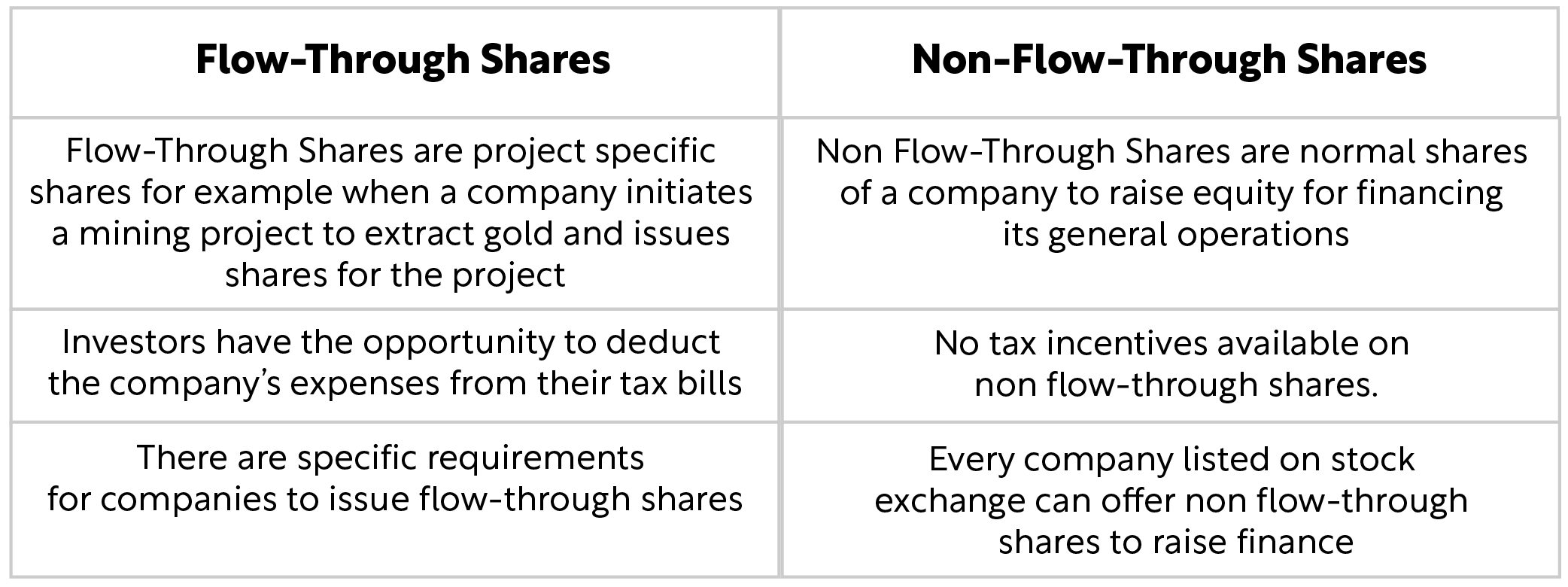Where Does Your Money Go In A Mining Financing?
A Brief Look In To the Nature of Raising Money for Mining Companies
When it comes to mining, the first thing that comes to mind is risk. The risk that an investor takes when they invest in a mining project since it could take years for the payback period to complete, or the project could completely fail, and the investor would incur huge losses.
Luckily, if you live in Canada, there are various tax incentives for mining investors that can sometimes far outweigh the inherent risk of investing in a mining company. These incentives are specifically designed to motivate investors to invest in the mining space thus helping mining companies raise finance.
Basically, companies primarily raise finance by issuing shares and bonds or using debt finance. While it may be easier for big companies to raise finance, small mining companies and start-ups often face difficulties in raising finance due to a lack of business history. In addition, public and privately held companies also differ in the way they usually raise finance.
The Differences of Investing in Public and Privately Held Companies
The key difference between public and private limited entities is that public companies are listed on a stock exchange and anybody can become a shareholder by purchasing shares while privately held companies are owned by a specific group of investors.
It does not necessarily mean that private companies have a small pool of investment. Here is what you need to know about investing in a public or private company.
Since public companies are listed, anyone can effectively buy shares and become shareholder of the company. Public companies are registered with SEC and have obligation for financial disclosures while privately held companies are not required to disclose such information.
As far as investment is concerned, the primary goal of public companies is to maximize the shareholder’s wealth whereas the goal of private companies may differ in that they may prioritize goals like minimizing the tax bite of investors.
Therefore, besides analyzing the financial statements of a company, it is equally important to have a look at the bigger picture —that is to understand the motive of the company in order to make an effective investment.
Flow-Through & Non Flow-Through Shares
When a company issues shares for a specific project, the shares are referred to as flow-through shares and they are different from standard non flow-through shares in that the investor only becomes part of the company’s specific venture and the venture will have a direct impact on the shareholder’s investment.
Flow-Through Shares
Flow-through shares are basically introduced to attract investors to invest in mining projects in Canada and there are lucrative tax incentives available on flow-through shares for mining investors. Here is how the flow-through shares work:
Research and Mining companies often go for years without generating any revenue and profit but they incur large expenses throughout the research phase. Since they don’t make any or enough profit to deduct the remaining or all of the expenses, they have the opportunity to transfer the expenses to their flow-through investors.
This attracts investors with huge tax bills to invest in flow-through shares, and the company in return receives equity to carry on or scale up its operations.
Non Flow-Through Shares
Non Flow-Through shares on the other hand are standard shares that companies issue for general operations including development, management, marketing, acquisitions, etc…
Unlike Flow-Through shares, there are no tax reduction opportunities available on non flow-through shares that is because the investor is not taking that extra risk of investing in a new venture.
Here are some key differences between the flow-through and non flow-through shares.

Pros And Cons
Investing in both flow-through and non flow-through shares have pros and cons attached and it ultimately comes down to the expectations of the investor. To give you a general idea, below are the pros and cons of purchasing flow-through and non flow-through shares.
Pros —Flow-Through Shares
· Investors can deduct the company’s expenses that qualify as flow-through mining expenditures from their tax bill.
Cons —Flow-Through Shares
· Investing in flow-through shares is riskier since the mining company can end up being liquidated if it fails to extract the mineral.
Pros —Non Flow-Through Shares
· They are less riskier shares to invest in and you are not betting it all on a single project.
Cons —Non Flow-Through Shares
· No Tax and other mining incentives available on non flow-through shares
Conclusion
There are various investment opportunities available in the mining sector and in order to make your mining investment count, it is important to understand the modes of investments in mining companies.
In terms of raising finance, companies are categorized into TWO types —Public and Private Companies.
Public Companies are listed on a stock exchange and are registered with Securities & Exchange Commission (SEC), and since they are highly regulated and obliged to share and disclose their financial matters publicly, anybody can purchase shares and become a shareholder of the company.
Privately held companies, on the other hand, are owned by a specific group of investors who could be private investors or the company’s management itself. Unlike public entities, they are not obliged to disclose financial information since they do not significantly rely on public funds.
When it comes to issuing shares in the mining sector, companies offer two types of shares —Flow-Through and Non Flow-Through shares.
Flow-Through shares are offered by qualifying companies for specific mining projects and investors get tax incentives by deducting the company’s expenses from their tax bills for investing into the project. Non Flow-Through Shares are standard form of share issues solely made to raise equity for general operations of the company.
That being said, if you are a risk-taker and have fat tax liabilities, you could greatly benefit from investing into flow-through shares in the mining sector.
Due to these incentives, Canada is attracting both local and international investors to invest in mining projects and that is one of the reasons Canada’s mineral production was $43.8 Billion in 2020 —more than double second on the list.



.png)